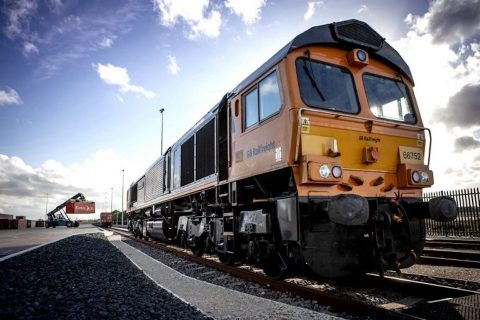Joint freeport bid from Felixstowe and Harwich

Two of the historically busiest ports in England have entered a joint bid for Freeport status under a UK government competition to identify up to ten locations around the country. Felixstowe, known primarily for intermodal traffic, and Harwich for ferry sailings, lie opposite each other on the north and south banks of the estuary of two confluent rivers. Both facilities are owned by Hutchison Ports. This is the second joint-bid to go public, after a collaboration by the owners of Tilbury and London Gateway on the River Thames.
Do you want to read the full article?
Thank you for visiting RailFreight.com. Become a member of RailFreight Premium and get full access to all our premium content.
Are you already a member?
Having problems logging in? Call +31(0)10 280 1000 or send an email to customerdesk@promedia.nl.




